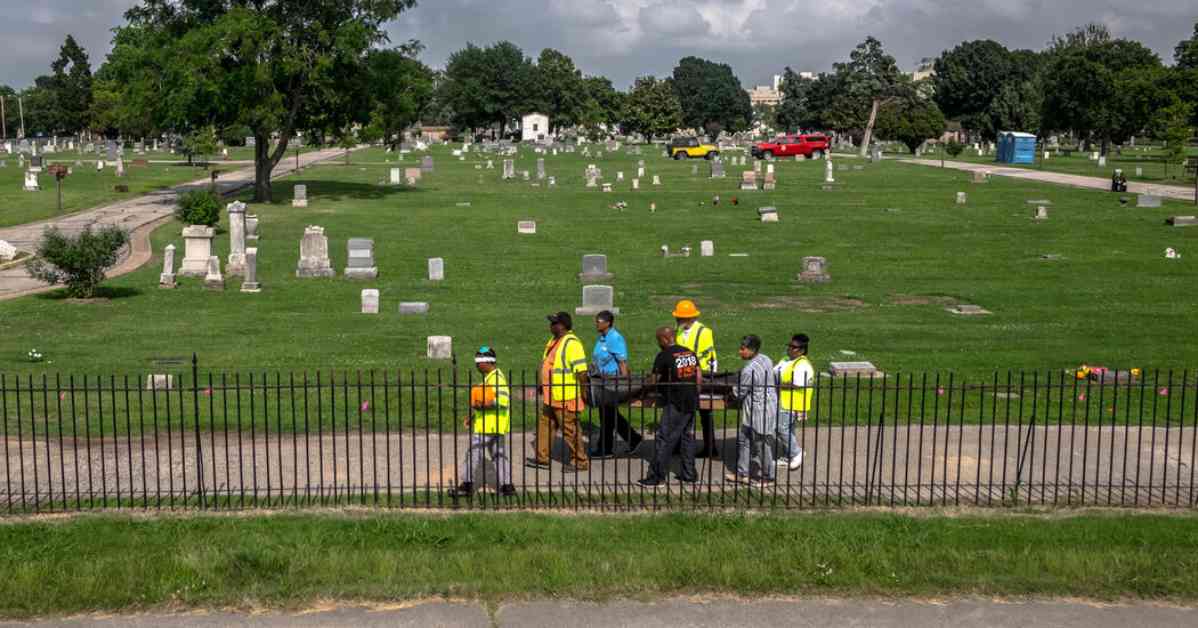After more than a century, researchers in Tulsa, Oklahoma are making strides in identifying the victims of the 1921 Tulsa Race Massacre, one of the worst racial attacks in American history. The recent discovery of a mass gravesite in Oaklawn Cemetery has prompted excavation efforts to uncover the remains of those who lost their lives in the horrific event.
Among those affected by this breakthrough is Jeanette Batchelor-Young, a 64-year-old woman who had been searching for answers about her family history. Through DNA analysis, she discovered a potential connection to one of the massacre victims. This revelation has shed light on a previously unknown chapter in her paternal family’s journey from Texas to Northern California, with a significant stop in Tulsa in the 1920s.
The Tulsa Race Massacre, which decimated the predominantly Black Greenwood district, resulted in the deaths of an estimated 36 to 300 individuals. The survivors of the massacre dispersed to various locations, taking with them valuable information about the lives lost and the families affected by the tragic event.
The efforts to identify the victims of the Tulsa Race Massacre are not only providing closure to families like Jeanette Batchelor-Young’s but also contributing to a greater understanding of this dark chapter in American history. Through forensic analysis and DNA matching, researchers are piecing together the stories of those who perished in the massacre, giving voice to the voiceless and honoring their memory.
As the excavation continues and more remains are uncovered, the hope is that more families will be able to find answers and connect with their past. The process of identifying the victims is a crucial step towards acknowledging the atrocities of the past and working towards reconciliation and healing in the present.
The journey to uncover the truth about the Tulsa Race Massacre is a long and painstaking one, but it is a necessary endeavor to ensure that the victims are not forgotten and their stories are not erased from history. Through the collective efforts of researchers, families, and the community, the legacy of those who lost their lives in this tragic event will be preserved for future generations to remember and honor.




